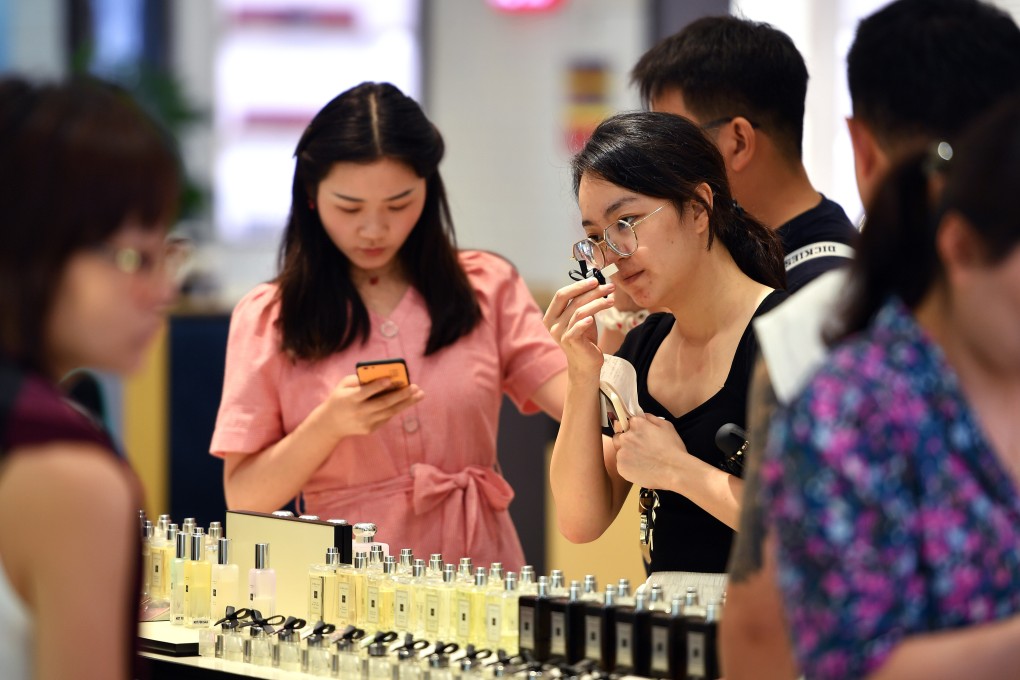‘Little sisters’ army of young women in China reshaping mergers and acquisitions as they drive spending
- Young women in China are the biggest consumers of pet products and services; women make three out of four purchases
- Deal makers are studying young women’s buying habits as they consider M&As

Mergers and acquisitions are being shaped in China by a new force: the army of so-called “little sisters”, women between the ages of 20 and 40 who hold huge sway over spending decisions in the world’s second-largest economy.
Women are breaking out beyond products traditionally associated with them to drive corporate decisions about online games, streaming TV shows, and high-end beer and even baijiu, the fiery Chinese liquor, according to new reports.
“The [pet M&A] market has tripled over the past five years, and is expected to continue at such a rate. Also, pet food shows very high resilience during Covid and is one of few markets where consumption remains very strong,” he said. “Females are key to the industry … and very willing to spend.”
These changes are already shaking up deal making and deal thinking, analysts said. And that will grow.

03:17
Woman in China becomes internet star for her creative handmade headdresses
In first half of the year, for example, China saw eight merger and acquisition deals worth around US$809 million in the health care and mobile gaming sectors, where women are increasingly the drivers, according to data from Mergermarket. That is down some from the comparable period last year, but deal making hasn’t escaped the turmoil of the virus.